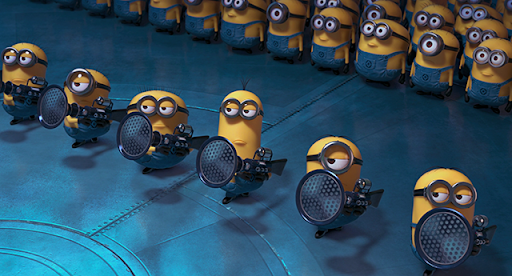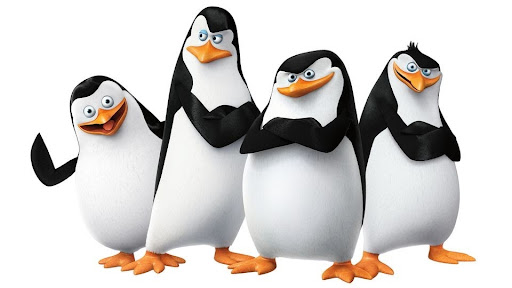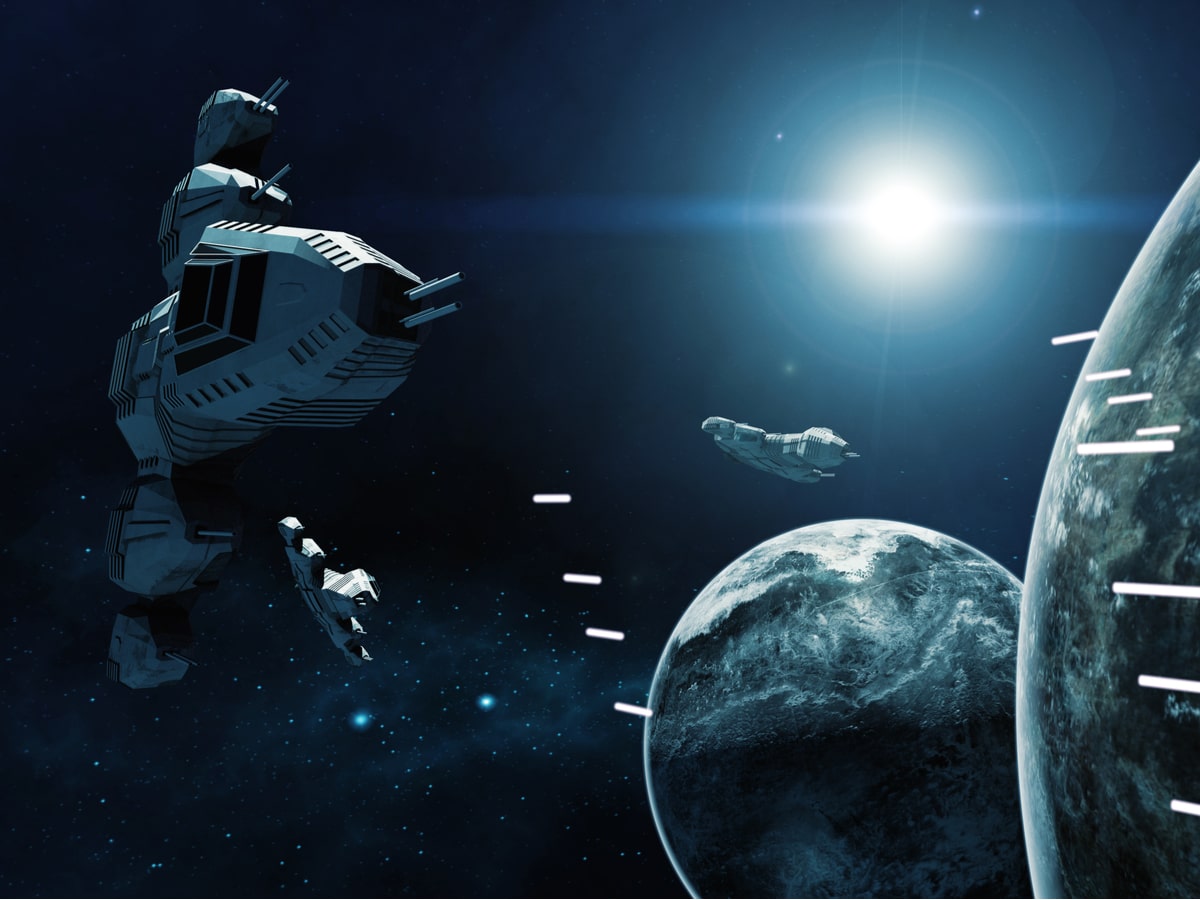The History of 3D Animation
In this blog, we will look at the history of 3D animation and the evolution of this great art form throughout the years.
All animation (whether it depicts a wise-cracking owl, a walking dinosaur, or a talking baby) is a kind of magic trick, but 3D animation takes the biscuit.
From its humble beginnings to the state-of-the-art technology used today, 3D animation has consistently ranked as one of the most popularly-used used animation styles.
3D Animation Definition
All of us watch it; all love it. Heck, we could barely imagine video games, film, or television without it. But what is it?
Computer 3D animation production creates moving images in a digital environment in layman’s terms. Oh, and we mustn’t forget – the objects are all far more sophisticated and pompous than their 2D counterparts – they’re three-dimensional!
Animators can export picture sequences to give the illusion of movement through precise manipulation of objects (known as 3D models).
Like most forms of animation, the main goal of 3D animation production is to trick the human brain into believing that static images are moving when they are simply a series of successive images appearing in a highly fast-paced sequence. That’s right – animators are real-life magicians in their art.
Humble Beginnings
There may be discrepancies between critics and lovers of animation as to where the roots of a 3D lie. At Animation Explainers, we believe that the first 3D animation style is in clay animation, which came to life in the early 20th century.
In short, ‘Claymation’ entails creating clay models of real-life objects to produce stop-motion films depicting the models as they move. Characters are made from segments of clay, and subsequent stories are told.
A trick film by Edison Manufacturing titled The Sculptor’s Welsh Rarebit Dream in 1908 is one of the earliest claymation films. Check it out below:
“Won’t you come in? We were just about to have some cheese…”
The film company Aardman, founded in 1972, has become synonymous with claymation, so much so that it is the heart and soul of their brand. Aardman brought us loveable characters such as Wallace and Gromit, and Shaun the Sheep.

Making clay animations seems all well and good, but we must disclose: it is by no means a walk in the park or, should we say, a rocket trip to the moon.
A Grand Day Out took an entire six years to finish and appeared on Channel 4 on Christmas Eve, 1989.
Do you know what’s even crazier than the fact that one of tv’s most beloved animated segments took an entire six years to produce? A Grand Day Out celebrated its 30th birthday back in 2019! That makes it older than the whole team at AE!
Like stop-motion in general, the process is notably time-consuming and requires a lot of patience and dedication. For this reason, it’s not surprising that clay animation movies such as A Grand Day Out tend to be short features.
The technique is very creative yet intricate. However, the uniquely funny and charming results are so impressive they are undoubtedly worth the painstaking process.
Despite its age-old roots, Aardman’s claymation has continued to achieve acclaim with its clay-inspired animations. Their most recent collaboration was Arthur Christmas (2011) with Sony Pictures. While the film is fully animated with 3G elements, it is clear to see the influences of claymation throughout.
In the sixties, as computers became more prevalent, computer animation followed suit. Soon, computer-generated imagery (CGI) replaced claymation as the most common animation style.
A Boom at Boeing
While 2-D animation has been around since the early 1800s (yes, it’s that old! ), it was not until the 1960s that a random employee at Boeing started experimenting on the computer with early forms of 3-D imagery of airline pilots. And the rest, as they say, is history.
The mystery man’s name is William Fetter, an artist who created the first real 3-D image of the human form in short films for Boeing.
This wireframe drawing was used in pilot modeling to test a pilot’s ability to reach the aircraft’s instruments. Drawn by William Allan Fetter, this was acted as a 3D representation of a human. William also worked for Boeing using computers to animate and design models.
Modern CGI
Without a doubt, CGI (computer-generated imagery) truly transformed animation.
A critical difference between CGI animation and traditional animation in the drawing is substituted by 3D modeling, creating a more digital version of conventional stop-motion.
A form of animation that combines the two and uses 2D computer drawing can be considered computer-aided animation.
In 1995 Pixar released Toy Story, the first completely computer-animated film. It won multiple awards and grossed $373 million worldwide! The best part? It opened up a chasm exposing the colossal potential of 3D animation through computers.
In one of of the most iconic sequences in animated film history, In one of the most iconic sequences in animated film history, Woody and Buzz Lightyear race to catch a truck while cheering one another on during flight.
The scene exhibits the sense of unity and friendship that runs as a motif throughout the film and the natural emotions and imitative features the animators could evoke through new technology.
3D thus can connect with audiences on an emotional level more closely than any other style due to its capacity for life-likeness.
The character models were deemed remarkably sophisticated for their time, with high-quality lighting, multiple layered textures, and a wide variety of facial animations that had not been achieved anywhere else on such a scale.
Toy Story was followed by the beloved 3D smash hits like Monsters, Inc. (2001), Finding Nemo (2003), The Incredibles (2004), and Up (2009). Could you possibly imagine a life without Sully, Mike, Dory, Edna Mode, Jack-Jack, and sweet old Carl Fredrickson? We certainly couldn’t.
The Ultimate CGI Character
By 1999, George Lucas used 3-D animation in nearly every scene in Star Wars I: The Phantom Menace, including creating the well-done, but not very popular, Jar Jar Binks. This work led to Final Fantasy: The Spirits Within (2001), the first genuine attempt at photo-quality, computer-generated humans.
The film saw a significant development in computer-generated graphics.
Then the ultimate CGI-generated character has to be awarded to Gollum, created in The Hobbit series of movies.

Gollum unquestionably epitomizes CGI done right as a CGI masterpiece.
The best part?
Gollum helped pave the way for such CGI successes as Avatar and Rise of the Planet of the Apes. These cinematic phenomena further prove just how far animation technology has come.
Gollum has subsequently been rightfully placed in the cinematic hall of fame: one of the most significant CGI characters in film and one of the greatest characters of all time.
An Animation 360
What better way there to kick off the Millenium than with the animation milestone that was DreamWorks’ Shrek?
DreamWorks bravely sought to contend in an industry Disney had dominated and defined over the past seven decades.
The studio endeavored to establish itself as a dangerous contender to the Disney empire in its artistic rendition of the biblical epic, The Prince of Egypt. But with the film achieving less success than expected, directors punished lagging animators to work in “the dungeons” of the newly proposed low-budget venture Shrek. The animation process for the film was deemed so bad that they labeled their assignment to it as being ‘Shreked’ (and no, we’re not kidding).
Highest Grossing Animation
Yet, defeating the odds, Shrek roared as a cultural phenomenon. Winning the first-ever Academy Award for the animated feature while generating a whopping $484 million in worldwide sales despite its original low budget. The sequel, worth $919 million worldwide, topped “Finding Nemo” as the highest-grossing animated film of all time.
The movie’s opening sequence encapsulates much of what made Shrek an all-embracing change from what had come before: parodying the Disney classic with a storybook scene depicting the tale of a Princess trapped in a tower.
Just as it teases you in, Shrek himself interrupts and halts the narration. In a 360 flip sprinkled with filth and vulgarity, our much-loved protagonist tears out a page of the elegant volume as he utters “What a load of —” before flushing it down his outhouse hole. That’s what Shrek thinks of Disney’s long-established dignity.
As he busts open the outhouse door, the ogre showcases his morning swamp-infused routine Smash Mouth’s “All-Star” with audiences witness to the most impudent and anti-princess behavior possible: cracked mirrors, animal cruelty, unpicking wedgies and, we mustn’t forget, breaking wind that would later inspire Gru’s Minion’s fart guns.

There is no other way to describe DreamWork’s Shrek than inexplicably audacious – so anti-Disney that it produced a new set of rules at the turn of the century.
Before we even bear witness to the film’s main action, in the opening sequence of Shrek alone, DreamWorks declared that the old ways were dead and buried. After all, only shooting stars break the mold.
3D Takes Television
In the early noughties, it was the case that cartoon shows began to follow the silver screen’s path by using CGI.
Leading the way was Jimmy Neutron, a cartoon show on Nickelodeon.
These kinds of cartoons were soon produced to air every week. Creating a totally dynamic way of working for 3D animators who had previously worked on extended film features.
Similar to 2D animation for TV, compromises were often taken to keep expenses at bay. This meant and still means even now, that we may see characters having simplified, stiffened gestures and mouth movements that neglect to match the dialogue perfectly.
Check out this example below to catch our drift:
Although they aren’t as detailed, using less intricate character models significantly reduces the costs it would take to animate specific details. When comparing the movie Madagascar to its spin-off show Penguins of Madagascar, we can see distinct differences, such as efforts to animate the fur of the Penguins.

3D Animation – What Possibly Comes Next?
All we can say is: get ready for some significant changes.
3D animation has transformed hugely over the years.
As our human minds expand, new technologies broaden almost as quickly. 3D animation is arguably one of the most significant inventions known to modern man.
Not only has it re-defined the entertainment sector, but it has also opened up an entirely new world for gaming.
Today, we can find ourselves playing games in virtual realities. Feeling the senses while watching movies – all thanks to innovations executed in our field of animation.
Since 2000, the 3D animation industry has continued to develop further in the new millennium. We should be prepared for major changes and innovations beyond current AR or VR trends, considering its history.
If you are developing your own business’ marketing strategy – we urge you not just to sit and wait. Take advantage of 3D animation’s benefits today, and put it to good use for the long-term success of your company.
Need a helping hand to get started? Animation Explainers are here to rescue you from the highest room in the tallest tower. We can’t promise any romance with the dragon, though. Sorry.



